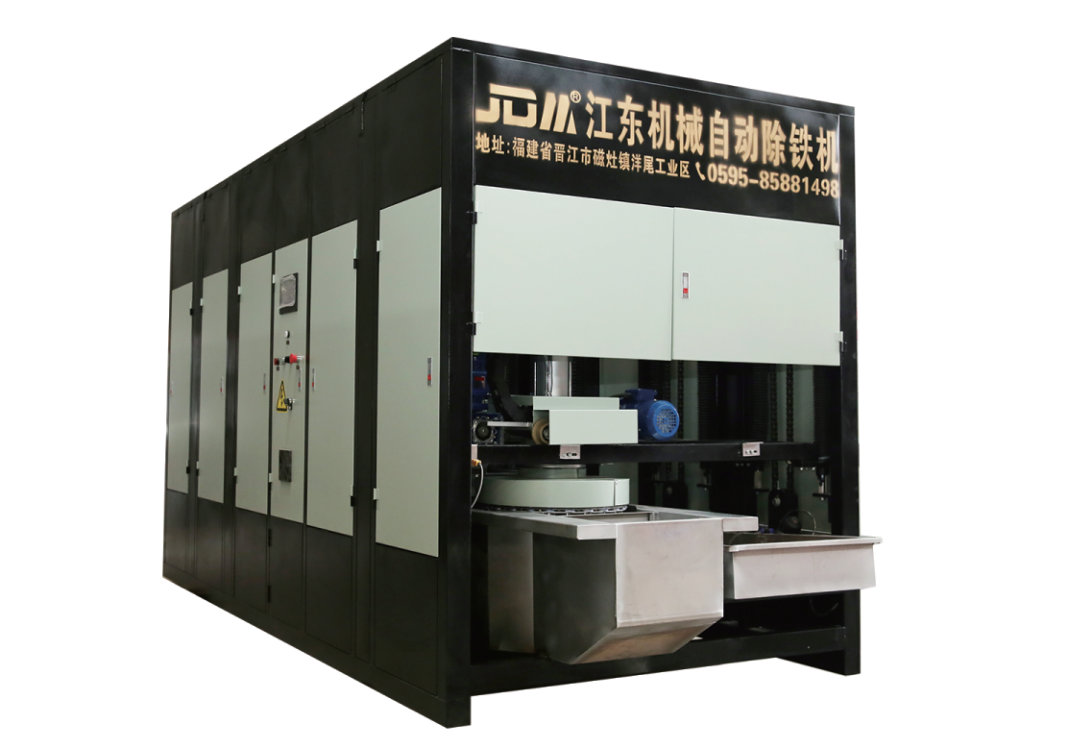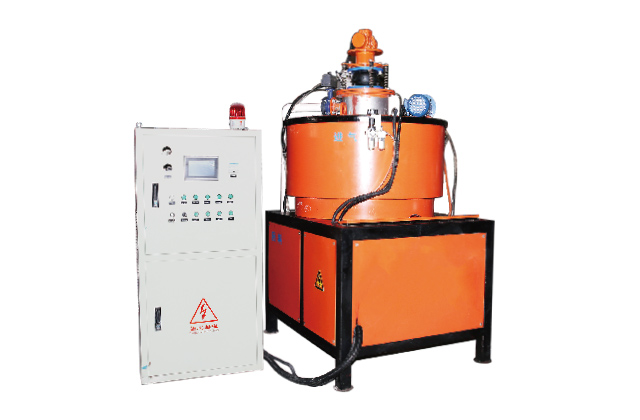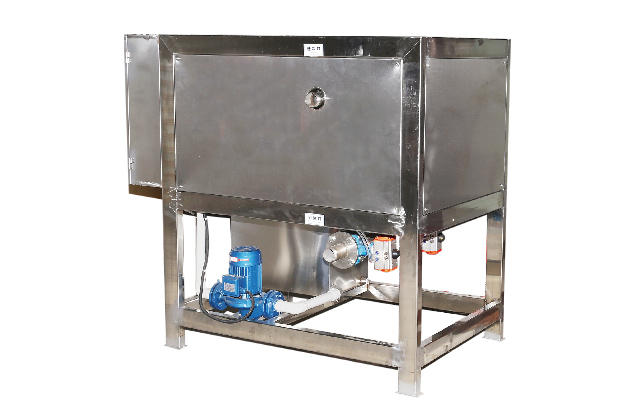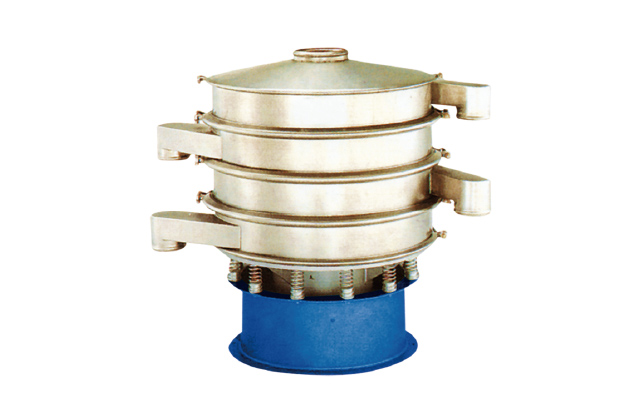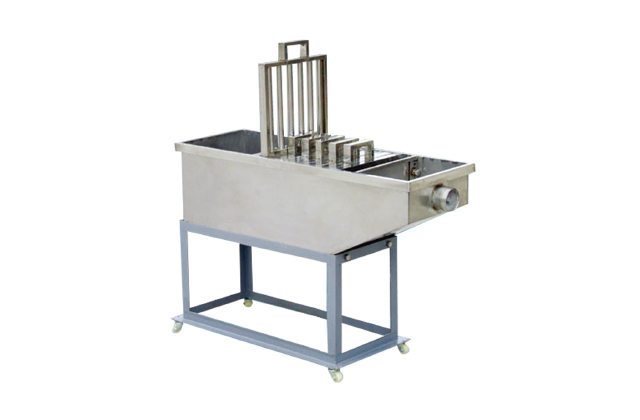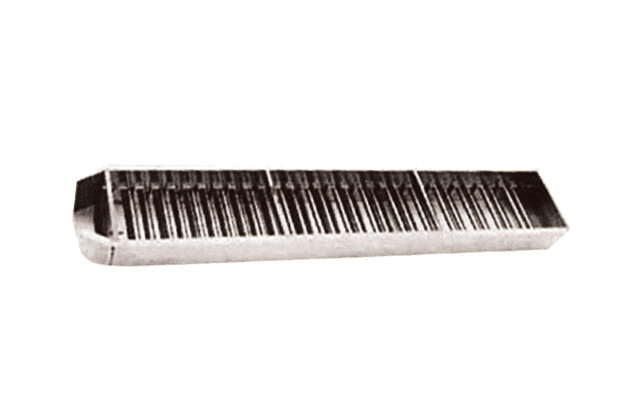August 27, 2025
How to Effectively Separate Iron Filings from Sand?
Introduction to Separating Iron Filings from Sand
Have you ever wondered how to separate iron filings from sand? This is a common question in both educational and industrial settings. Whether you’re a student conducting a science experiment or an engineer working on a project, separating iron filings from sand can seem challenging at first glance. However, with the right techniques and tools, this process can be done efficiently. In this article, we’ll explore the best methods to achieve this separation and provide you with a comprehensive guide to make the process smooth and hassle-free.
Understanding the Basics
Before diving into the methods, it’s essential to understand the properties of both iron filings and sand. Iron filings are small, thin pieces of iron metal, which are naturally magnetic. Sand, on the other hand, is made up of small, non-magnetic particles, usually silica-based. This fundamental difference in properties is the key to separating the two materials effectively.
Method 1: Using a Magnet
The most straightforward method to separate iron filings from sand is by using a magnet. Here’s how you can do it:
- Spread the mixture of iron filings and sand on a flat surface, such as a table or a piece of paper.
- Hold a magnet close to the mixture. The iron filings will be attracted to the magnet, while the sand will remain on the surface.
- Gently move the magnet across the mixture to collect all the iron filings. You can then transfer the collected iron filings to a separate container.
This method is simple, cost-effective, and works well for small quantities. However, if you’re dealing with a large amount of mixture, you may need a more advanced approach.
Method 2: Using a Magnetic Separator
For larger quantities or more precise separation, a magnetic separator is a better option. Magnetic separators are widely used in industrial settings to separate magnetic materials from non-magnetic ones. These devices come in different types, including drum magnets, roller magnets, and overhead magnets. The working principle is similar to using a regular magnet, but on a larger scale.
Here’s how a magnetic separator works:
- The mixture of iron filings and sand is fed into the separator.
- The magnetic field inside the separator attracts the iron filings, while the sand, being non-magnetic, falls away from the magnetic field.
- The separated iron filings are collected at one end, and the sand is collected at the other end.
Magnetic separators are efficient and can handle large volumes of material, making them ideal for industrial applications.
Method 3: Using Water
Another method to separate iron filings from sand is by using water. This method relies on the difference in density between the two materials. Here’s how you can do it:
- Mix the iron filings and sand with water in a container to create a slurry.
- Stir the mixture well to ensure that all the particles are suspended in the water.
- Allow the mixture to settle. The sand will settle at the bottom of the container, while the iron filings will remain suspended in the water due to their lower density.
- Use a filter or a fine mesh to separate the iron filings from the water. The sand will remain in the container.
This method is useful when you need to separate fine particles of iron from sand. However, it may not be as effective for larger iron filings.
Method 4: Using an Electromagnetic Separator
For more advanced separation needs, an electromagnetic separator can be used. This method is similar to using a magnetic separator but with the added advantage of adjustable magnetic fields. Electromagnetic separators are commonly used in laboratories and research facilities where precise separation is required.
Here’s how it works:
- The mixture of iron filings and sand is placed on a conveyor belt or a rotating drum.
- An electromagnetic field is applied to the mixture. The iron filings are attracted to the field and are collected separately.
- The sand, being non-magnetic, remains on the conveyor belt or drum and is collected separately.
Electromagnetic separators offer high precision and are ideal for applications where the iron filings are very fine or mixed with other materials.
Choosing the Best Method
Now that we’ve explored the different methods for separating iron filings from sand, the next step is to choose the best method for your specific needs. Here are a few factors to consider:
- Quantity of the Mixture: If you’re dealing with a small quantity, a simple magnet or the water method may be sufficient. For larger quantities, a magnetic or electromagnetic separator would be more efficient.
- Size of the Iron Filings: If the iron filings are very fine, the water or electromagnetic method may be more effective. For larger iron filings, a magnet or magnetic separator would work well.
- Desired Purity: If you need high-purity separation, an electromagnetic separator is the best choice. For less critical applications, a magnet or the water method may suffice.
Safety Tips
When separating iron filings from sand, it’s important to follow proper safety precautions to avoid accidents and ensure the process goes smoothly. Here are some tips:
- Always handle magnets with care, as they can be strong and may cause injury if not handled properly.
- When using water, ensure that the container is large enough to hold the mixture without spilling.
- Avoid using electrical separators near water or in damp conditions to prevent electrical shocks.
Conclusion
Separating iron filings from sand may seem like a daunting task at first, but with the right techniques and tools, it can be done efficiently. Whether you’re using a simple magnet, a magnetic separator, or an electromagnetic separator, the key is to understand the properties of the materials and choose the method that best suits your needs. By following the methods and tips outlined in this article, you’ll be able to achieve a clean and effective separation of iron filings from sand.

